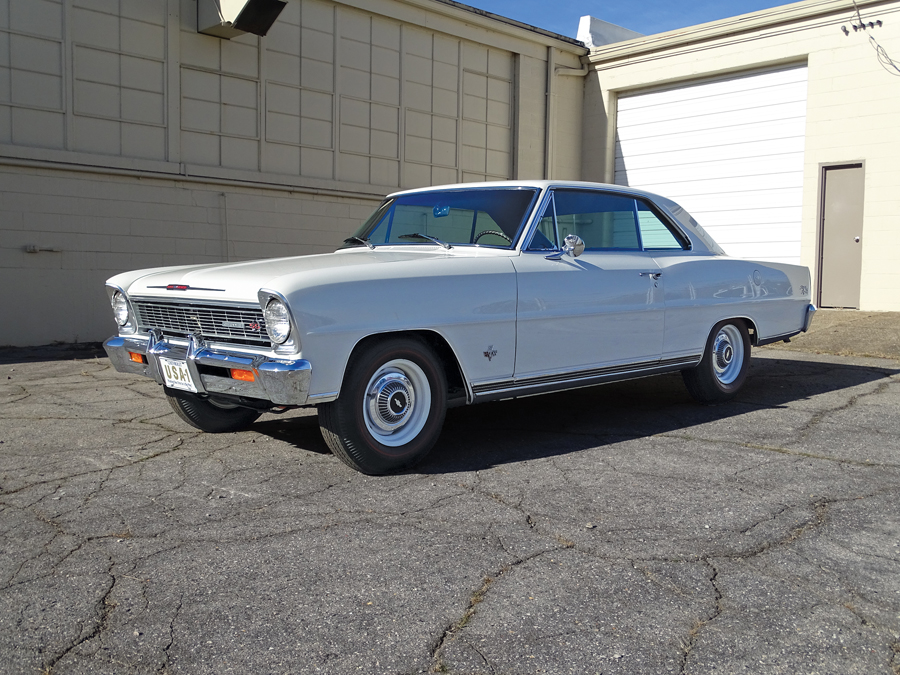- Part of Davis Collection
- SS 327-ci 350-hp L79
- 4-speed Muncie
- 71k actual miles — fully documented
- Original Protect-O-Plate
- Matching-numbers engine
- 12-bolt Positraction rear axle
- Over $80k spent on rotisserie restoration in 2013
1966 Chevrolet Nova SS L79

